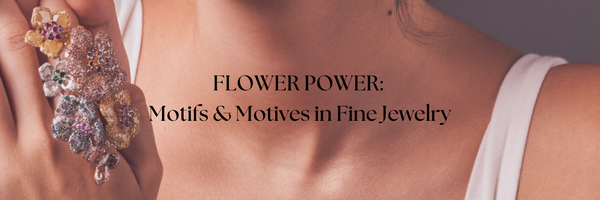The idea is simple but eerie: a jealous or ill-intentioned look can bring misfortune—a belief so strong that entire civilizations developed protective amulets to ward it off.

The Evil Eye: More Than Just a Pretty Charm? You can say it is where history, superstition, and style collide in the most intriguing way.
You’ve seen it everywhere—on bracelets, necklaces, rings, even home décor. Celebrities flaunt it, influencers stack it, and friends gift it as a token of protection. But beyond the shimmering blue glass and trendy aesthetics, what does the evil eye actually mean?
A Gaze That Could Kill? The History of the Evil Eye
The evil eye symbol dates back over 5,000 years, spanning cultures from ancient Mesopotamia, Greece, and Rome to the Middle East, India, and Latin America. The idea is simple but eerie: a jealous or ill-intentioned look can bring misfortune—a belief so strong that entire civilizations developed protective amulets to ward it off.

- Ancient Greece & Rome: The concept of baskania (Greek for the evil eye) was widespread, with athletes and leaders often wearing eye-shaped amulets to deflect envy.
- Islamic & Middle Eastern Traditions: Known as nazar, the evil eye belief is referenced in the Quran, where prayers and symbols are used to protect against the “envious gaze”.
- India & South Asia: The concept of Drishti or Nazar exists, with black dots drawn on babies’ faces to distract negativity.
- Jewish Mysticism (Kabbalah): The ayin hara (evil eye) is a well-documented belief in Jewish culture, with red string bracelets used to ward off curses.
What started as a protective charm has now evolved into a global fashion staple, blending ancient mysticism with modern luxury.
The Rise of Evil Eye Jewelry: From Folklore to Fashion
If you think the evil eye’s popularity is just a passing trend, think again. The global spiritual jewelry market (which includes talismans like the evil eye) is expected to grow from $14.78 billion in 2024 to $21.12 billion by 2029, with a 7.3% CAGR. This growth is fueled by increased consumer interest in spirituality, mindfulness, and symbolic jewelry.

Why Is Evil Eye Jewelry So Popular?
- Celebrity Influence – The Kardashians, Meghan Markle, Priyanka Chopra and Rihanna have all been spotted wearing evil eye jewelry, skyrocketing its appeal.
- Symbol of Protection – Even if you don’t believe in curses, many wear the evil eye as a personal shield against negativity.
- Fashion Statement – Designers are reinventing the symbol in minimalist, geometric, and multi-material styles, making it both timeless and trendy.
- Gift of Good Luck – Evil eye jewelry is often gifted for protection and prosperity, making it a meaningful present.
Today, the most popular evil eye jewelry pieces include stackable bracelets, delicate rings, layered necklaces, and bold statement earrings
Beyond Aesthetics: The True Meaning of Embracing the Evil Eye
So, is wearing the evil eye just a fashion flex, or is there something deeper to it?
- A Shield, Not Just a Symbol: Many still believe that the evil eye wards off jealousy, negative energy, and bad luck.
- A Connection to Spirituality: For those on a spiritual journey, it represents a conscious effort to repel negativity and manifest positivity.
- A Statement of Empowerment: Whether or not you believe in its mystical powers, the evil eye is a reminder to protect your energy, trust your intuition, and keep toxic vibes away.
Tichi Collection & The Modern Take on Protection
At L’ Dezen, the Tichi Collection isn’t just about aesthetics—it’s about infusing jewelry with meaning. Inspired by the age-old power of the evil eye, this collection reinterprets tradition with modern elegance, making protection look effortlessly chic.
If you love jewelry that tells a story, the Tichi Collection is more than an accessory—it’s a symbol of resilience, strength, and personal energy protection.

Final Thought: Is the Evil Eye Just a Trend?
Whether you wear it for its spiritual meaning or just love the design, the evil eye isn’t going anywhere. With a rich cultural history, deep-rooted superstitions, and growing fashion appeal, it remains one of the most powerful symbols in jewelry today.
So next time you put on your evil eye bracelet or necklace, remember—you’re not just wearing a trend, you’re carrying thousands of years of history, belief, and power.







